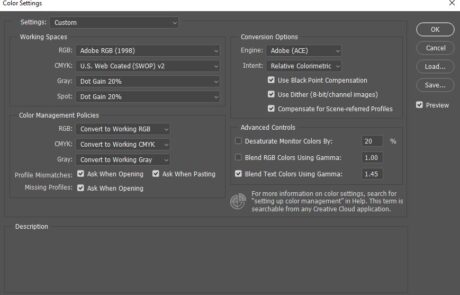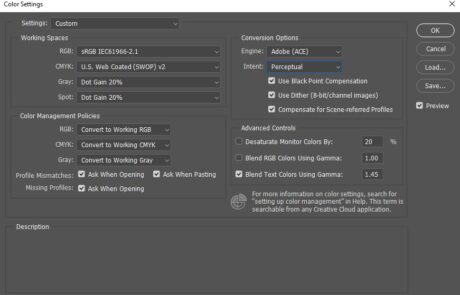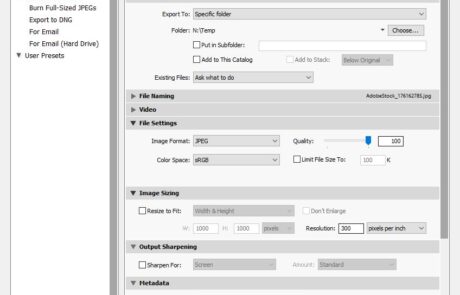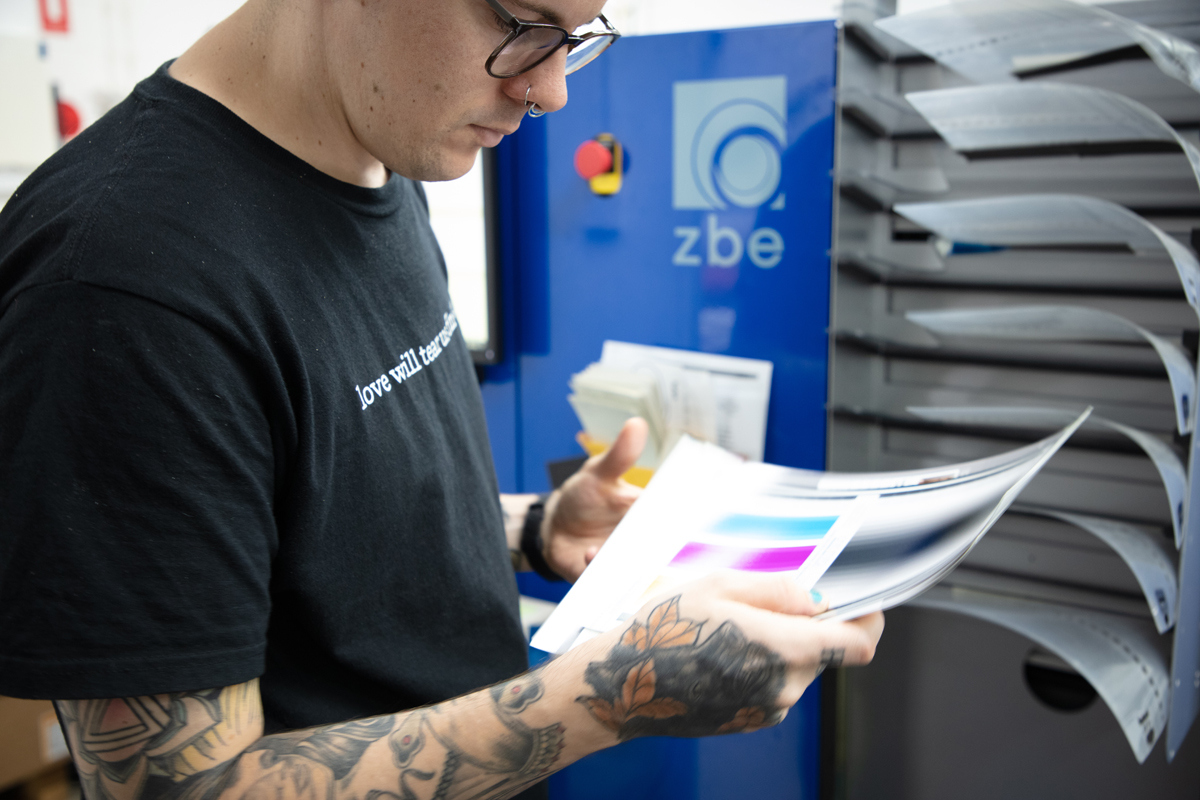
Get your colour just right
Get accurate results every time you print!
Streets Imaging makes no adjustment to the colour or density of your images unless you select “colour correction” when ordering. We know that you want to get the closest possible result to the editing and proofing you are seeing in your home, office or studio.
In order to get the closest result to your screen it is important to be working on a good quality desktop monitor that has been calibrated. When comparing your prints with your screen ensure you have optimal lighting (more details below).
Having the correct viewing conditions and editing set up coupled with our meticulous in-lab colour management systems, means you get perfect colour reproduction, regardless of whether you order today or next year.

Get your colour just right
Get accurate results every time you print!
Streets Imaging makes no adjustment to the colour or density of your images unless you select “colour correction” when ordering. We know that you want to get the closest possible result to the editing and proofing you are seeing in your home, office or studio.
In order to get the closest result to your screen it is important to be working on a good quality desktop monitor that has been calibrated. When comparing your prints with your screen ensure you have optimal lighting (more details below).
Having the correct viewing conditions and editing set up coupled with our meticulous in-lab colour management systems, means you get perfect colour reproduction, regardless of whether you order today or next year.
You can use the “Browse in Bridge” function in Photoshop, located under the ‘File’ drop down menu.
In Bridge, select an image and check the metadata window for details on the “colour mode” and “colour profile”. If there is no data for the colour profile, you may either be shooting in RAW format or your camera is not tagging the file with the profile used. (eg. Camera tags file as sRGB when in sRGB mode but leaves the file untagged in Adobe 1998 mode.)
When shooting in RAW the profile is embedded when converting the file to TIF or JPG.
A profile must be assigned before working on the file. If a profile has already been assigned you can convert the profile in Photoshop. Converting will preserve the colours’ appearance whereas assigning a new profile preserves the colour values, which could change the colour in your images.
Typically, we do not accept RAW files. Instead we would prefer to help you find your way in converting and editing these files.
If you’re capturing in the RAW format, RAW files do not have a colour profile listed, this is applied during the converting of the RAW files to JPEG or TIF. For work to be submitted to Streets Imaging, we recommend either sRGB or Adobe RGB 1998. It is critical that your files are tagged with the correct profile otherwise unpredictable results will occur.
sRGB and Adobe RGB 1998.
With our lab’s digital printing software, your file’s embedded profile is used and converted to the profile of the output device at the time of printing. If there is no profile embedded in your file, it will be treated as sRGB, which is the default for many earlier cameras and scanners.
Which ever colour profile you use, use it ALL the way through your workflow. From the profile your camera embeds when shooting JPEG or the profile embedded when converting from RAW to JPEG, to the default colour space of your editing software and in any of your designs or template files. This way you will save unnecessary conversion and will not risk the wrong profile being ‘assigned’.
No, use sRGB or Adobe RGB 1998 as your working profile
Some labs may say that they will give you the profile that applies to their printer. This is fine if they only have one printer and do not ever intend to use any other method of output. Streets Imaging use a variety of devices and materials to output your images and each device/material combination has its own unique profile.
Why this works for you:
- You do not need to think about which printer we might use. We do the hard work of converting the profiles of your images for you.
- Our software works out what output device is to be used and converts to that profile before printing. It never forgets and it always selects the correct one.
- When we add new equipment or paper types are updated the new profiles will automatically be applied to your images when necessary.
- Without this you would need to convert files for Canvas prints, then again Lustre up to 12”, then again for Metallic up to 12”, then again for Lustre 20 and 30” wide, then again for Metallic up to 30” wide and so on and so on.
By using a standard working profile, getting your monitor calibrated correctly and having the white balance and exposure correct in your camera, you can send your files directly to Streets Imaging without having to do anything to them – thus saving you time and money.
We recommend you send your sample files to the lab for a FREE sample print and then compare the results on your monitor under standard viewing conditions.
This is for expert users only, contact Streets Imaging for a soft proofing profile for the paper type you are using. These profiles are solely for use in Photoshop/view/proof setup to give you an idea of any out of gamut colours that may occur in your image. They are for evaluation of an image only and are not to be used as a working space profile or unpredictable results will occur. This is not recommended for inexperienced users.
Streets Imaging embraces RGB colour for all output devices for all digital printing. This is because Streets Imaging’s output is mostly to photographic paper which has yellow, magenta and cyan dyes which make up all of the colours visible in the photograph. This system is commonly referred to RGB since RedGreenBlue light sources are used to expose the paper regardless whether the sources are lamps, LEDs or lasers.
Even though our inkjet printers use CMYK (Cyan, Magenta, Yellow, blacK) inks, they are set up to receive RGB files so our workflow is consistent. Sending us files set up as CMYK will give unpredictable results.
Monitors should be calibrated approximately every 6 months.
The following settings are best used when calibrating your monitor for outputting to photographic print:
White point: D55 (D50 is a little warm for photographic print)
Luminance (Lux): 120K
Gamma: sRGB
When using a calibration device it’s best to use the automatic display control if that is an option.
Always make sure you are editing in a well lit room with any automatic brightness features turned off. Dark spaces can trick your eyes into thinking your screen is brighter than it actually is.
Please remember that a computer screen will not exactly match a photograph because of the different methods of generating the colours that are viewed. Computer screens emit light whereas the dyes in photographs absorb light and the paper base reflects light which is not absorbed. Consequently, it is important to view photographs under standard lighting conditions when trying to assess whether the colours match what was expected from the screen image.
How to Color Match Your ColorEdge Monitor and Photo Prints
For optimum results, it is recommended to use a high quality LED or LCD monitor. (A monitor with ability to control individual colours will give better results). It is important to purchase a high quality screen that has individual colour controls for calibration and profiling (please take care when selecting the screen as some models do not have the ability to select custom RGB controls meaning that calibration using a calibration device can be difficult).
We use Eizo LCD screens which can be calibrated and profiled to match our output closely. Laptop screens are not recommended for critical colour judgement because of the differences observed in the image at different viewing angles.
It is important to set up your monitor correctly. Streets Imaging recommend that if you are doing professional digital work that you invest in a monitor calibration device and calibrate your monitor regularly, as often as every 6 months. If you are receiving most of your income from photography, consider a calibration device as one of your “tools of trade”. We recommend and stock the X-rite i1 Display Pro, which can be purchased through our online ordering software.
PRINTS LOVE LIGHT!
The colour and density of a print is determined by the colour and quality of light falling on it. Viewing prints in a poorly lit room will not demonstrate the true colour and quality of a print. Streets Imaging recommend viewing photographs with a standard colour viewing light source available at professional graphic arts suppliers or professional photographic retailers. At the very least Streets Imaging recommend viewing with a compact fluorescent natural white. Incandescent (tungsten) bulbs are too yellow for critical viewing and standard fluorescent tubes have a gap in the red end of the spectrum giving a characteristic green cast to objects lit by them. As simple exercise take mental note and compare a print in dimly lit room to outside in full sun, what do you think about the exposure in that print? In a well lit room hold your print against a colourful wall or object, how do you feel about your skin tones now?
Walls, furniture even brightly coloured clothing can all impact the colour of an image. Avoid these or other outside objects that could bounce colour onto your screen or prints. Beware windows that allow daylight to enter the room, this will cause problems as the colour of the daylight will changes depending on the time of day and the weather.
In 1978 Kodak used an image of a model named Shirley as their standard testing card/image. Since then every model used as a test image as adopted the nickname “Shirley”.
We can supply you with a printed “Shirley” and you can download the digital copy of the image here. This serves as a quick reference guide for you to check our printers’ output compared to your monitors calibration.
Along with the portrait demonstrating a range of colours and even skin tones is the 12 Macbeth colour patches, our printers’ 100% Red, Green, Blue, Cyan, Magenta and Yellow output and grey scale patches representing our printers density gamut.
The grey scale patches are an extremely useful tool as these demonstrate the values at which printers start to lose detail in the black and white most points of your image. For instance if you are concerned about loosing the fine details on a white wedding dress you can use the eyedropper tool in Photoshop and hover over the white most points of the image. If your RGB values for that area sit above 245 you may risk loosing detail and will need to adjust the white point in your levels. Likewise with darker areas of your print, if the values all sit below 10 where there should be details – your black point will need to be brought up a few increments.

We strongly suggest purchasing your own monitor calibration device. Streets recommends the X-rite i1 which you can purchase online from our Streets Online Ordering Software.
Streets Imaging offer a monitor calibration service for local clients using the X-rite i1 which also includes advice on lighting conditions and workflow management and a whole lot more! Interstate clients can hire our loan X-rite i1. Contact us to find out more about our screen calibration service.
The colour of your print is determined by the dyes in the print and the colour and amount of light falling on the print.
The colour of your image on the screen is determined by the setup of your monitor regarding brightness, white point and contrast.
Unless these variables are set correctly, you will not be able to get the image on the screen to match the image on your print. Consequently, correct viewing conditions for your print and a calibrated monitor are a basic necessity. Find out more about colour management or contact our staff to discuss.
If you would like your files checked prior to production, select ‘Colour Correction’ as you proceed through the check out and let our staff know specifically what you are concerned about in the ‘Notes to lab’ and if you want us to make any adjustments to the colour or density of your images.
Using this will charge you 50 cents per image. Our workflow is fully automated, which allows us to give you such great prices and turnaround on your orders. By default no files are checked prior to printing unless they are a large format item and that is still not guaranteed. Please ensure the files you send are set up for digital output and follow our file preparation requirements. Any reprints that need to be done due to files sent incorrectly sized or with editing errors will be at the Customers expense.
Our printers print at 300 pixels per inch. So you can work out the best print size for your file by dividing the pixel width and height of the image by 300.
Eg. an image that is 3600 x 5400 is sized to print (3600/300) x (5400/300) = 12″ x 18″.
You can get a good indication of your print quality by viewing it on your computer at 100%. If you start to zoom in closer you will see the kind of quality you will get when you enlarge its print size.
Another thing to take into account is the distance of view for your print. See the example below – the image on the left has half the pixels of the one on the right which is why it looks like it has less definition. But as you move away from the two images the difference in image quality becomes a lot less obvious.
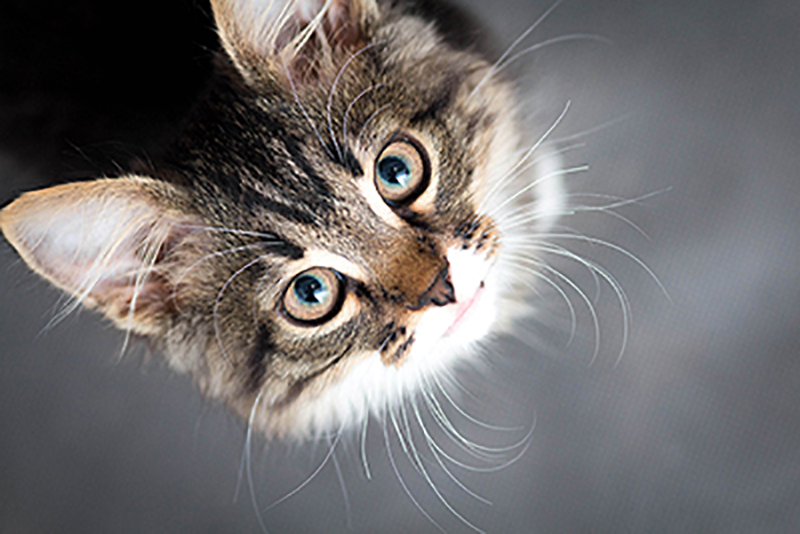
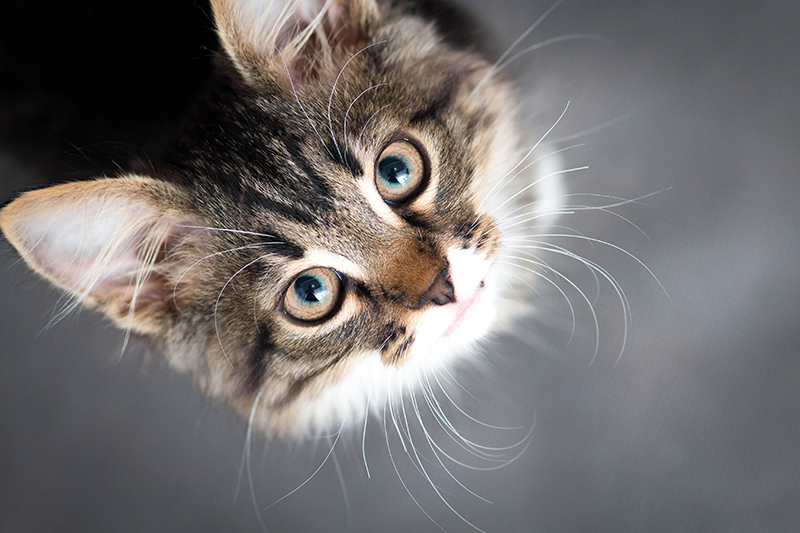
When images are saved for print it is important to make sure that the jpeg compression is set at its highest quality. Reducing the compression quality could result in images with compression banding and a loss of image sharpness.
WHY DON’T YOU
Try us our for FREE!
Streets Imaging offers four free 8×10″ lustre prints or one free 8×10″ fine art print for your first test so that you can have a look at our colour reproduction, your colour management, try out our software and test out delivery times. We will also include paper samples and a Shirley for your reference!

